El Barrio Park, a unifying force for 50 years
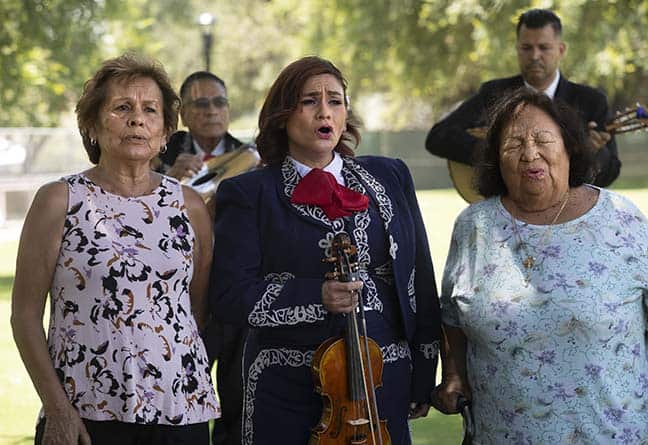
Lorraine Campos, left, and Florence Garcia join Nancy Huizar with Mariachi Los Halcones de Jalisco signing the love song “Tu Solo Tu” during the recent celebration of the 50th anniversary of El Barrio Park. COURIER photo/Steven Felschundneff
by Steven Felschundneff | steven@claremont-courier.com
Legend has it the idea to build a park in Claremont’s traditionally Hispanic Arbol Verde neighborhood was hammered out after one too many beers at the Midway Inn on Foothill Boulevard. That makes for a great story.
And that’s exactly how it all went down, according to Al Villanueva, one of the three young men who spearheaded the effort in the summer of 1969. Villanueva, then a student at Stanford University, headed to the vaunted watering hole with his cousin, Albert Gutierrez, who ran Arbol Verde’s children’s center, and Ben Molina, who worked to divert teenagers from joining gangs. The neighborhood had a serious gang problem, including seven unsolved murders, according to Villaneuva.
A year earlier, Claremont Boulevard had torn a diagonal scar through the neighborhood we now call Arbol Verde, but back then residents referred to it as either el barrio or “Tierra d’ Nadie,” which translates to no man’s land. The name stemmed in part from its location on a riverbed that flooded often, making it “the last place anyone would build houses,” according to Villanueva. But during the era of Claremont’s racial covenants, it, along with the west barrio near First Street and Cornell Avenue, was the only place where Hispanic families could live.
Construction of Claremont Boulevard, the “county line road,” had been in the works for 20 years, so residents of the barrio knew it was coming. Still, it resulted in the demolition of several homes, displacing those residents, and the destruction of Sacred Heart Chapel, which had been built by the men of the barrio. The roadway also tore through the dirt lot where local children played.
Villanueva struggled growing up in Tierra d’ Nadie. His father was in prison, leaving his mother Nellie Villanueva to provide for the family of five children. Villanueva started to get into trouble, but in 1965 redirected his energies into the Chicano movement through his mentor Molina.
The other adult who provided guidance to the teenaged Villanueva was the local Catholic priest, Monsignor William Barry.
“He took care of me, watched me. He pulled me out of the gang when I would be down there running around with them,” Villanueva said.
Barry led services at both the largely Hispanic Sacred Heart, and Our Lady of the Assumption on Bonita Avenue. In advance of the bulldozers, he held one final mass at Sacred Heart in the summer of 1967. Following the service, Barry removed the statue of Jesus from the altar at Sacred Heart and took it on a procession down First Street and through the Village, ending up at OLA.
Years later Villanueva asked Barry why he saved the statue. “Racial harmony,” the priest replied. “We could no longer have a segregated Mexican and then a white church. Two had to become one.”
Back to the summer of 1969, it was Barry who said to Villanueva, “Let’s build a park.” And with that thought in mind, the three young men headed to the Midway to come up with a plan over 75 cent pitchers of beer.
“We planned a strategy to start a petition drive at Claremont High School. Albert and I were granted permission to speak at two assemblies, and the Claremont students got over a thousand signatures,” Villanueva said. “We formed El Barrio Park Committee, I was at Stanford then, but that was when Albert and Ben mobilized all of the families.”
Hovering on the border between Los Angeles and San Bernardino counties, the park would serve Montclair, Upland and Claremont, which necessitated a fair amount of legwork and negotiating by interested parties. As a result, it took some time for the proposed park to progress from idea to reality. Finally in 1971, El Barrio Park came up for a vote by the Claremont City Council, which approved the plan in front of a packed chamber.
The construction cost was shared by the three cities. A barrio neighbor, Tony Cerda, who was a heavy equipment operator, donated his time to grade the lot.
Montclair Councilmember Tom McClure, chairman of the Arbol Verde Park Authority, represented the three cities through which the park was developed, according to a 1972 newspaper article from the Pomona Progress-Bulletin. The group reached an agreement with the Claremont Colleges to lease 3.7 acres of land for the park for a 10-year period at $1 per year.
Finally, in July 1972, the park was ready for its grand opening, which took place on the newly built basketball court with several hundred people in attendance, including city council and school board members from the three cities.
“With the U.S. and Mexican flags waving behind him, Ben Molina, a member of the barrio park committee, said simply ‘I dedicate the El Barrio Park.’” the Progress-Bulletin reported.
The emcee, Reynaldo Contreras, introduced members of the committee, including Barry, who gave the invocation. When the speeches ended, guests were invited to enjoy the food booths and a dance performance.
From the beginning there was a sense that the park lived on borrowed time. The colleges retained ownership of the land and members of the committee, including Villanueva, feared that given time they would take the land back to facilitate the expansion of what was then called Claremont Men’s College.
Those fears were supported over the years, as the renamed Claremont McKenna College bought up much of the residential neighborhood south of its campus along Mills Avenue and Brooks Street, including in the traditional boundaries of Arbol Verde. Villanueva said he feared gentrification would one day swallow the entire neighborhood.
In 1992 the college entered into an agreement with the Arbol Verde Preservation Committee, which allowed CMC to expand its campus into the area below Sixth Street and above Harwood Place as long it did not build dormitories or academic buildings, according to Matthew G. Bibbens, vice president of campus planning and capital projects at CMC. The parties also agreed to preserve the rest of Arbol Verde as a residential neighborhood. This included moving homes from the area above Harwood to empty lots to the south rather than tear them down. The college largely uses the area to provide housing for newly hired employees.
That same agreement gave control over El Barrio Park to the City of Claremont, with the caveat that if the city ever decided to use the land for another purpose, Claremont McKenna would retake ownership.
In advance of a rededication ceremony in 2009, a petition to rename the park to honor Barry, who had died that March, garnered 300 signatures. But changing the name of a public park to honor a Catholic priest proved to be too controversial and threatened to overshadow the celebration, so the idea was scrapped.
“For the sake of harmony and unity in the community we decided not to go that route,” Villanueva told the COURIER at the time.
When CMC began working on its master plan in 2010, many people in the Arbol Verde neighborhood became anxious that the college would redevelop the entire area, including the park.
In July 2011, representatives with the Arbol Verde Preservation Committee, including Villanueva, had a meeting with Bibbens at Our Lady of the Assumption Church to reach a deal that would preserve the neighborhood and the park. The agreement included restarting the clock on a 30-year agreement not to change anything in Arbol Verde. Villanueva described the meeting as an opportunity to “bury the hatchet.”
Bibbens said it was never the college’s intention to break the 1992 agreement, however, CMC officials decided to cede any interest in the park property to the city to ease residents’ fears.
The college also agreed to a major refurbishment of El Barrio Park, including a new pedestrian walkway, safety lighting, landscaping, and installation of additional picnic tables, benches, and trash receptacles. The work was completed in June 2022.
To celebrate the park’s new chapter, Villanueva organized a luncheon party for both the laborers who worked on the renovation and to honor longtime residents of Tierra d’ Nadie. The event coincided with El Barrio Park’s 50-year anniversary. The college provided catering and set up long tables under the shade of the now 50-year-old trees, while Mariachi Los Halcones De Jalisco performed familiar tunes nearby.



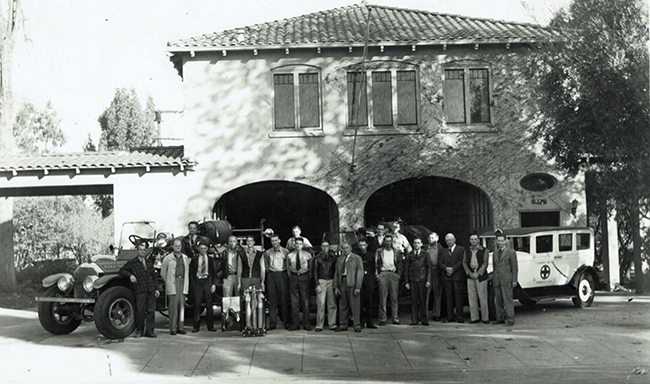
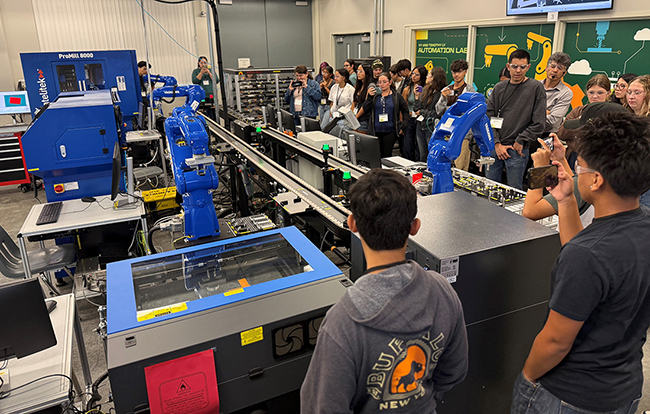


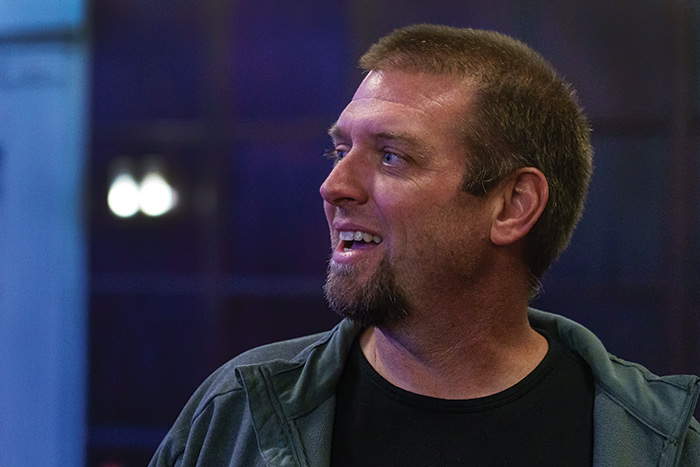
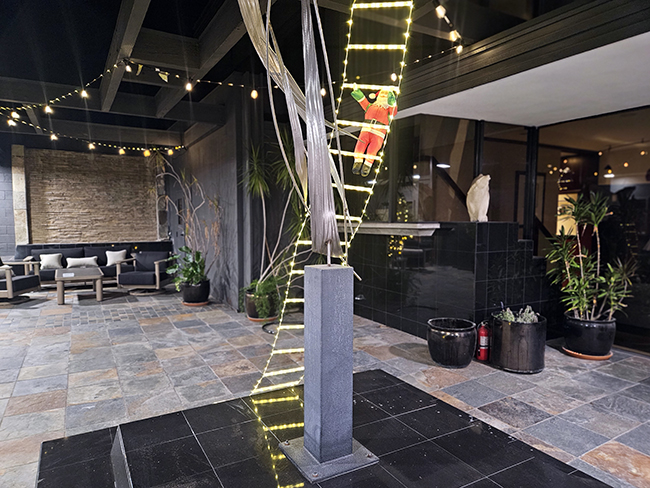

0 Comments